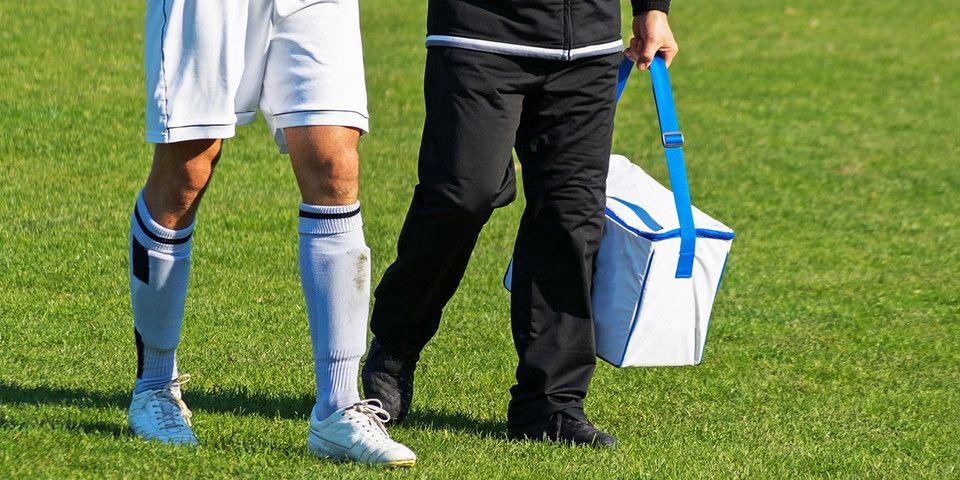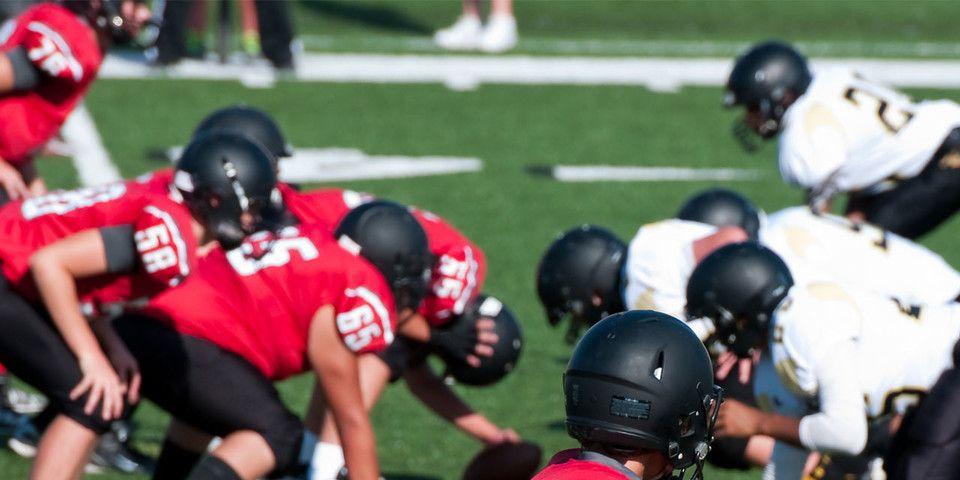Treatment for Muscle Strain from Shoveling Snow
Learn how muscle strains can be treated and prevented in the winter months ahead
With the rough winter months ahead, many are dreading the long hours of work that come with shoveling snow and guarding homes against the elements. If you or a loved one has experienced muscle strain from shoveling snow, or from any number of other common snow shoveling injuries, you are probably aware of the dangers involved.
Muscle strains are extremely common, and Rothman Orthopaedic Institute’s experienced physicians are no strangers to dealing with these mild injuries. Strained muscles rarely require surgery, and as such can be treated by the patient on their own with some simple methods.
What kind of injury is involved in a muscle strain from shoveling snow?
Generally speaking, muscles are strained when a muscle that has already been stretched is abruptly forced to contract. What this usually looks like is the muscle receiving a direct blow, the patient falling, or often simple overuse or overstretching causing the muscle fibers to tear.
Muscle strain from shoveling snow, then, is undoubtedly common. Since strains occur most often due to sudden trauma, the smallest loss of balance in snow and on slippery surfaces would be enough to lead to a strain if the patient falls.
Other common snow shoveling injuries involve acute back pain and the straining of the lower back muscles from overexertion while shoveling snow. As another version of muscle strain, lower back pain can also be treated without surgery.
What are the Symptoms of a Muscle Strain?
The symptoms of a strained muscle will be very clear. Simply put, they involve noticeable loss of strength to the muscle, acute pain in the muscle itself, and the inability to use the muscle without causing further pain. Swelling is also often present in a muscle strain.
What does Treatment for Strained Muscles Look Like?
Whether your injury involves lower back pain after shoveling snow, elbow pain from shoveling snow, or any other type of strained muscle, the standard approach is an extremely common treatment. Often abbreviated to R.I.C.E., the standard method involves:
-
Rest
-
Icing
-
Compression
- Elevation
To begin, the patient should cease any strenuous activity and allow the body the rest it needs to properly heal. Next, applying ice packs in tandem with gently massaging the strained muscles, as well as the use of appropriate OTC medications, will help decrease the swelling. Wrapping the affected area with a bandage may prove beneficial to contain the swelling and keep nearby joints from being affected. Finally, keeping the strained area elevated while resting will prevent excess blood flow to the area, which could otherwise prompt further swelling.
Preventing Muscle Strain
Patients can take simple precautions to avoid suffering muscle strain from shoveling snow in the coming winter months. These precautions include:
-
Wear appropriate gear, so as to keep yourself from slipping and falling in the snow
-
Avoid snow shoveling for extended periods of time to prevent overuse injuries
- Avoid shoveling too much snow at once and causing your back to overexert
A Reliable Orthopaedics Institute
Rothman Orthopaedic Institute is home to a staff of physicians who are compassionate and experienced experts in their fields. If you or a loved one would like to know more about common snow shoveling injuries, or would like to schedule an appointment, contact us today at 1-800-321-9999, or make an appointment online today.
Related Physicians
Related Specialties
Related Conditions
Related Programs
-

Athletic Training- Sport Medicine Outreach
Our Field Athletic Trainers provide direct sports medicine care to youth, high school, college and professional athletes. Rothman AT’s provide athletic training services throughout Southeastern PA to interscholastic high schools, colleges, as well as tournaments and special events.Read More -

Injury Prevention Program
The Injury Prevention Program at the Rothman Orthopaedic Institute is dedicated to the prevention of injuries from athletic participation, particularly youth sports.Read More




